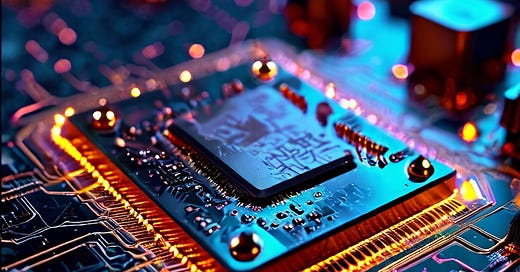Molecular Beam Epitaxy (MBE) is a crucial technique in materials science and semiconductor fabrication that allows for the precise and controlled growth of thin films and heterostructures with atomic-level accuracy. This sophisticated process involves the deposition of materials onto a substrate in an ultra-high vacuum environment using molecular beams of elements such as metals, semiconductors, and oxides. MBE is celebrated for its unparalleled accuracy, which enables the creation of high-quality materials with tailored properties for a wide range of applications in electronic, photonic, and quantum devices.
One of the defining features of MBE is its ability to achieve atomic precision in layer-by-layer growth, resulting in materials with exceptional purity and uniformity. The ultra-high vacuum environment in which MBE operates minimizes impurities and contamination, ensuring the highest quality of deposited films. Additionally, the use of molecular beams allows for precise control over the deposition rate and composition of materials, leading to highly customizable structures with unique properties.
In-situ monitoring is another key feature of MBE, which enables real-time feedback on the growth process. Techniques such as reflection high-energy electron diffraction (RHEED) and scanning tunneling microscopy (STM) allow researchers to monitor the growth of thin films at the atomic scale, ensuring the desired crystal structure and quality are achieved.
MBE finds diverse applications in the fabrication of semiconductor devices, where precise control over the composition and structure of thin films is critical for device performance. In the field of quantum computing, MBE is utilized to create semiconductor heterostructures with well-defined interfaces and properties, enabling the development of qubits and other quantum components. MBE is also essential in the production of photonic devices such as lasers and photodetectors, where high-quality materials are required for efficient light emission and detection.
The process of MBE typically involves several steps, starting with substrate preparation to ensure a clean and uniform surface for film growth. The substrate is then heated to a high temperature to promote adatom mobility and facilitate the epitaxial growth of thin films. Molecular beams of desired elements are directed towards the substrate, where they react to form thin layers with precise atomic arrangements. The growth rate, composition, and structure of the film can be controlled by adjusting the flux of molecular beams and substrate temperature.
Despite its numerous advantages, MBE also presents challenges that must be addressed for successful implementation. The cost of maintaining ultra-high vacuum systems and specialized equipment can be prohibitive, limiting the accessibility of MBE to research institutions and industrial facilities with significant resources. The slow growth rates associated with MBE can also be a limiting factor, particularly for large-scale production. Additionally, the stringent requirements for surface preparation and cleanliness can complicate the process and lead to time-consuming procedures.
In conclusion, Molecular Beam Epitaxy plays a vital role in advancing electronic and photonic devices by enabling the precise growth of thin films with tailored properties. Its atomic-level accuracy, high purity, and customizability make MBE a powerful tool for materials research and development. Despite its challenges, the versatility and precision of MBE continue to drive innovation in semiconductor technology and quantum devices, contributing to scientific and technological progress. As advancements in MBE techniques and equipment continue to evolve, the impact of this technique on materials science and device fabrication is expected to grow exponentially in the coming years.





